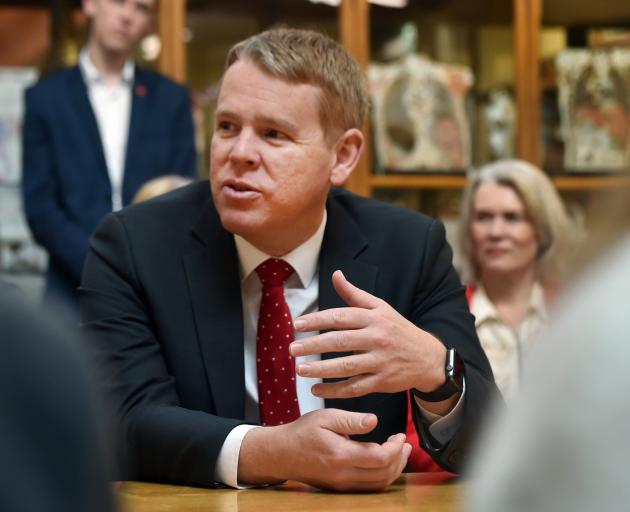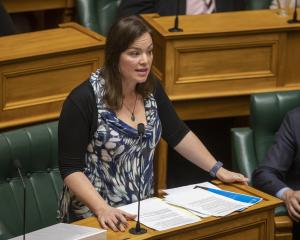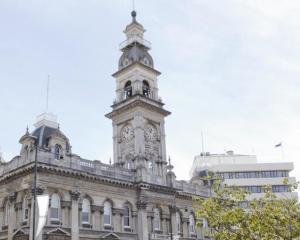
The recent loss of cancer training accreditation at Dunedin Hospital is but the latest issue. The shortages have become more and more an actual matter of life and death.
Frustrated senior doctors were striking and on the streets in the city this week protesting for better pay and conditions.
It would seem, at present, that even substantial pay rises — at least in the short and maybe the medium term — would not do a lot to ease pressures.
This has parallels with nurses. More pay is not just the answer.
The shortages have created more overloading, more dissatisfaction, more aggravation.
New Zealand has always relied on international doctors to fill many gaps.
But there is a severe shortage overseas, and that has combined with a mix of lacking immigration policy and gross immigration inefficiency. These have made the crisis worse.
More attention should have been paid much earlier to the blockages and to the way overseas doctors can be accepted and professionally integrated.
Too often, doctors wanting to bring their families to New Zealand were left exasperated and disillusioned.
Covid and the slow official responses as the country came out of the worst of the pandemic added to the woes.
Because the shortages have been building for years, both the Labour government and National earlier should have been clearing the way to make it easier to strengthen the medical workforce.
The last increase in numbers for domestic admissions at the University of Otago Medical School was 35 to 282 in 2015, under National’s John Key administration.

It had previously ignored calls from the medical schools to increase student rolls.
Both major parties are now promising accelerated numbers in this election campaign.
One problem, of course, is that it takes 14 years for full medical and specialist training. Then there are the difficulties of finding suitable teaching and young doctor placements. This will become more serious.
Prime Minister Chris Hipkins announced in Dunedin on Wednesday an increase of 355 doctors (62%) to be trained every year from 2027, bringing the total to 874.
Doctors, like dentists, are easily among the most expensive tertiary students to train, and additional costs will mount.
Nonetheless, the plan should be faster and cheaper than National’s policy to build a third medical school at the University of Waikato. National’s policy has the medical student intake rising to 759 by 2030. It includes another 50 places between Otago (which includes the Wellington and Christchurch schools) and Auckland.
The Hamilton school — lots of Auckland medical students and house officers already study and work in Hamilton and Tauranga — is a bad example of pork-barrel politics.
It was revealed this month that the Waikato vice-chancellor Neil Quigley helped National develop its policy for the new school. Supposedly it would cost $380 million, with $280 million from the Crown and $100 million from Waikato University. Those figures are hard to believe. The idea has been promoted for years, and Labour, despite having incentives to back it, declined to do so.
Doctors often benefit, especially in some specialties, from overseas experience. Just as with nurses — and nursing training numbers are also in for substantial increases whoever wins the election — a challenge will be to retain doctors for their main careers in New Zealand.
Australia, with consistently higher salaries and more wealth, will always be a magnet for New Zealand’s expensively trained health and other professionals.
While more training places are required, the under-siege and struggling health bureaucracy as well as immigration must be more welcoming and conducive to immigrant health workers and their families in the short term.
If New Zealand cannot compete on wages with some parts of the world, it must at least make life and work here as pleasant and positive as possible.












